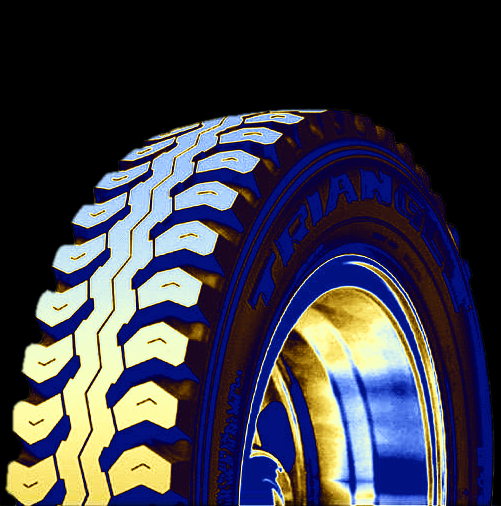Tyre chunks spread in storms
 Microplastics from tyre wear are increasingly contaminating our waterways, according to a recent study.
Microplastics from tyre wear are increasingly contaminating our waterways, according to a recent study.
Griffith University research has revealed that during rainy urban stormwater runoff, nearly 95 per cent of collected microplastics were tyre wear particles, ranging from 2 to 59 particles per litre of water.
Lead author Dr Shima Ziajahromi, a research fellow at the Australian Rivers Institute, highlighted the growing concern over microplastic pollution's persistence in aquatic ecosystems.
She noted that stormwater runoff, laden with various pollutants, serves as a crucial conduit for microplastics from urban environments into local aquatic habitats.
The study says that the understanding of microplastic levels in urban stormwater, particularly tire wear particles, remains limited, making it challenging to develop effective mitigation strategies.
Tyre rubber contains up to 2500 chemicals, and the contaminants leaching from tyres are considered more harmful to bacteria and microalgae than other plastic types.
Dr Ziajahromi stressed the importance of quantitative data to gauge the extent of tyre wear particles in stormwater, assess environmental risks, and formulate management plans.
The study quantified and characterised these microplastics in stormwater runoff and sediment within Queensland's stormwater drainage systems.
Co-author Professor Fred Leusch, who heads the Australian Rivers Institute's Toxicology Research Program, introduced a stormwater treatment device designed with a 0.2-millimeter mesh bag that can retrofit onto stormwater drains.
This device, initially intended to capture various pollutants, demonstrated an up to 88 per cent reduction in microplastics in treated water.
Furthermore, sediment samples from a constructed stormwater wetland revealed between 1450 to 4740 particles per kilogram of sediment, with more microplastics at the inlet than the outlet, showcasing the wetland's capacity to remove these pollutants from stormwater.
Dr Ziajahromi explained that microplastics entering constructed wetlands settle in the sediment, forming biofilms, which accumulate over time, effectively removing them from stormwater runoff.
Despite regulations addressing suspended solids and nutrients in stormwater runoff, microplastics and tyre wear particles still lag behind in regulatory measures.








 Print
Print